Home>Garden Essentials>Garden Storage>Raised Garden Bed Ideas: Build Raised Planters For Low-maintenance Gardening
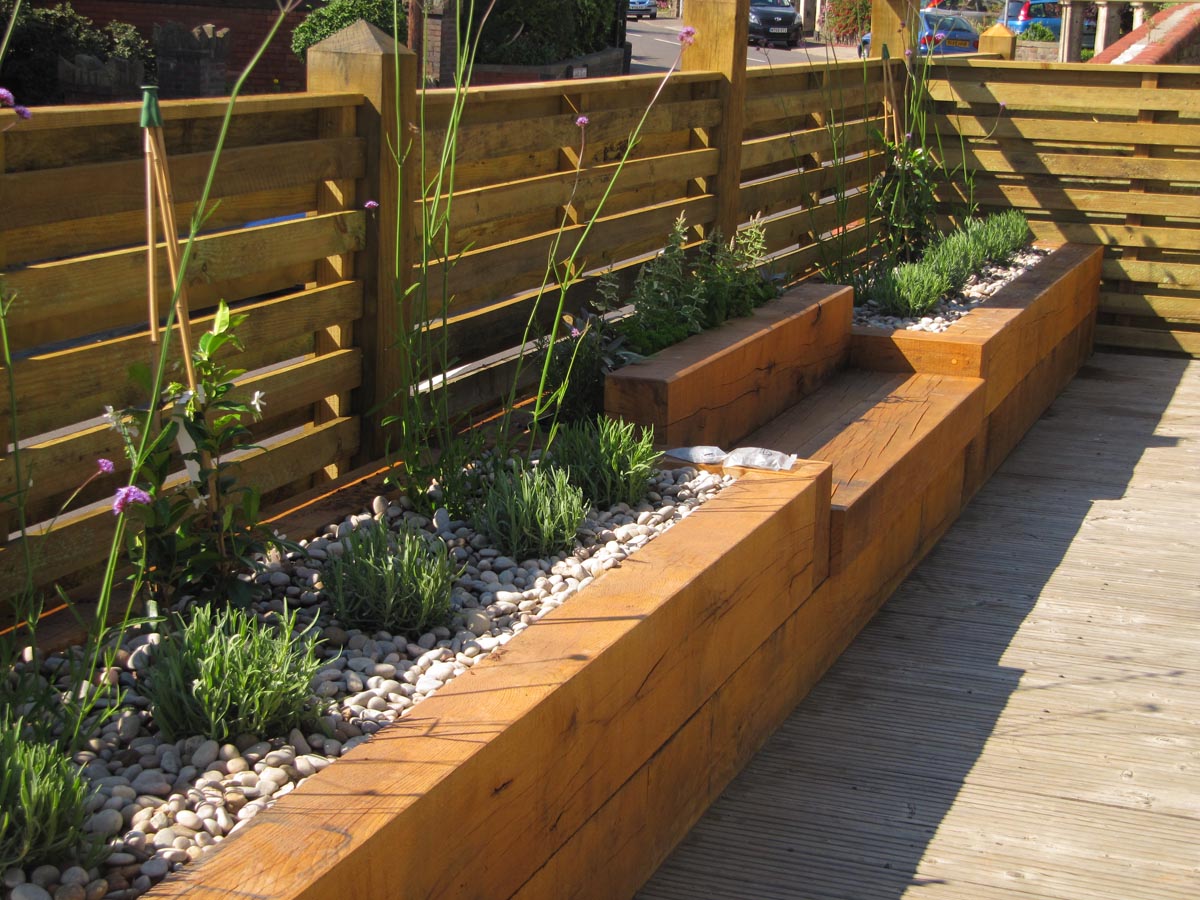

Garden Storage
Raised Garden Bed Ideas: Build Raised Planters For Low-maintenance Gardening
Modified: October 20, 2024
Looking for storage solutions for your raised garden bed? Discover low-maintenance raised planters that offer ample storage space and efficient gardening.
(Many of the links in this article redirect to a specific reviewed product. Your purchase of these products through affiliate links helps to generate commission for Storables.com, at no extra cost. Learn more)
Introduction
When it comes to gardening, raised garden beds have become increasingly popular among both novice and experienced gardeners. These elevated planters offer a range of benefits and are an excellent option for those looking to create a low-maintenance and productive garden. Whether you have limited space, poor soil quality, or simply want to add a stylish and organized element to your outdoor space, a raised garden bed is a fantastic solution.
So, what exactly is a raised garden bed? Essentially, it is a contained garden area that is built above ground level. It is typically constructed using wooden boards, bricks, concrete blocks, or even recycled materials. The bed is filled with a mixture of high-quality soil and compost, providing the optimal growing conditions for your plants.
One of the key advantages of raised garden beds is the control they offer over the growing environment. You have full control over the soil quality, drainage, and pest management, allowing you to create the ideal conditions for your plants to thrive. Additionally, the raised height of the bed makes gardening more accessible, reducing the strain on your back and knees during planting, weeding, and harvesting.
Beyond the practical benefits, raised garden beds also offer a variety of design opportunities. You can choose from a range of materials and styles to create a visually appealing and cohesive garden space. Whether you prefer a rustic, natural look or a more modern and sleek design, there are countless options to suit your personal taste and complement your outdoor aesthetic.
In this article, we will explore the numerous benefits of raised garden beds and provide you with tips and ideas on how to build, maintain, and plant in these elevated planters. Whether you are a gardening enthusiast or a beginner looking to embark on a new horticultural adventure, raised garden beds are an excellent investment to enhance your gardening experience.
Key Takeaways:
- Raised garden beds offer control over soil quality, drainage, and pest management, making gardening more accessible and enjoyable. They provide a versatile and practical solution for maximizing productivity and aesthetics in outdoor spaces.
- Choosing the right location and materials, along with implementing design, maintenance, and planting strategies, can enhance the success of raised garden beds. Popular plants like leafy greens, herbs, and vegetables thrive in these elevated planters, providing a bountiful harvest and a visually appealing garden space.
Benefits of Raised Garden Beds
Raised garden beds offer a multitude of benefits that make them a popular choice for gardeners of all skill levels. Let’s explore some of the key advantages:
- Improved Soil Quality: One of the greatest advantages of raised garden beds is the ability to control and customize the soil. By using a mixture of high-quality soil and compost, you can create the ideal growing conditions for your plants. This is especially beneficial if you have poor soil quality in your yard, as you can bypass the need to amend or replace the existing soil.
- Enhanced Drainage: Proper drainage is essential for plant health, and raised garden beds provide excellent drainage. The bed’s elevated design allows excess water to drain out, preventing waterlogged soil and the development of root rot or other water-related issues. This is particularly beneficial in areas with heavy rainfall or poor natural drainage.
- Reduced Weeds: Raised garden beds help to minimize the occurrence of weeds. The raised height and defined boundaries make it easier to control and prevent weeds from infiltrating your garden. Additionally, the use of weed barriers or landscape fabric underneath the bed can further inhibit weed growth, saving you time and effort in the long run.
- Improved Pest Control: By elevating your garden, you can limit the access of pests to your plants. Raised garden beds make it more challenging for ground-dwelling pests, such as slugs or snails, to reach your plants. Additionally, you can install physical barriers, like wire mesh or netting, to discourage larger pests like rabbits or deer from damaging your crops.
- Extended Growing Season: Raised garden beds warm up faster in the spring compared to ground-level gardens, allowing for an extended growing season. The elevated position of the bed and the ability to add insulating layers, such as row covers or cloches, can help protect plants from early frosts, enabling you to start planting earlier in the season and potentially continue harvesting later into the fall.
- Accessibility and Ergonomics: The raised height of the garden bed reduces the need for excessive bending or kneeling while gardening. This makes it easier on your back and knees, particularly ideal for those with physical limitations or mobility issues. You can enjoy the therapeutic benefits of gardening without the strain on your body.
- Aesthetically Pleasing: Raised garden beds can add a visually appealing element to your outdoor space. You can choose from various materials, such as wood, bricks, or stone, to match your style and enhance the overall look of your garden. They can create a neat and organized appearance, adding texture and dimension to your landscape.
These are just a few of the many benefits that raised garden beds offer. They provide an efficient and convenient way to grow vegetables, flowers, and herbs while transforming your garden into a beautiful and productive oasis. Now that we’ve explored the advantages, let’s delve into how to choose the perfect location for your raised garden bed.
Choosing the Right Location for Your Raised Garden Bed
Deciding on the best location for your raised garden bed is crucial for the success of your plants. Consider the following factors when choosing the right spot:
- Sunlight: Most vegetables, flowers, and herbs require at least 6 hours of direct sunlight per day. Therefore, select a location that receives ample sunlight throughout the day, preferably in the morning and afternoon. Observe your yard and identify the areas with the most sunlight and minimal shade.
- Accessibility: It’s important to choose a location that is easily accessible for planting, watering, and maintenance. Consider the proximity to your home, water source, and other garden tools. Having the raised garden bed in a convenient location will encourage regular care and prevent neglect.
- Protection from Wind: Strong winds can damage delicate plants and inhibit their growth. Look for an area in your yard that offers some natural protection from strong gusts of wind. For instance, placing your raised garden bed near a fence, shrubs, or other structures can provide some windbreak and create a more favorable microclimate for your plants.
- Water Drainage: Ensure that the chosen location has proper water drainage to prevent waterlogging. Avoid areas where water tends to accumulate or pool after rainfall. Placing the raised garden bed on a slight slope or using additional drainage techniques, like adding gravel or sand at the bottom of the bed, can help facilitate proper water drainage.
- Avoiding Underground Obstacles: Before building your raised garden bed, check for any underground utilities or obstacles. Call the appropriate utility company to mark the location of any buried cables, pipes, or other underground structures. This will ensure you don’t encounter any unexpected obstacles or cause damage.
- Proximity to Trees: While trees can provide shade, they can also compete with your plants for sunlight, nutrients, and water. Avoid placing your raised garden bed too close to large trees or shrubs that may overshadow the area. The roots of trees may also interfere with the root development of your plants, so keeping a reasonable distance is advisable.
By considering these factors, you can select an ideal location for your raised garden bed that promotes optimal growth and success for your plants. Once you’ve chosen the location, it’s time to determine the materials you will use to build your raised garden bed.
Selecting the Materials for Your Raised Garden Bed
Choosing the right materials for your raised garden bed is essential for its durability, functionality, and overall aesthetic appeal. There are several options available, each with its own advantages and considerations. Let’s explore some popular materials:
- Wood: Wood is a common choice for raised garden beds due to its affordability, versatility, and natural appeal. Cedar and redwood are highly recommended wood options as they are naturally rot-resistant and can withstand the elements. Avoid using treated wood, as it may contain chemicals that could potentially leach into the soil and harm your plants.
- Bricks or Concrete Blocks: Bricks or concrete blocks are a sturdy option for building raised garden beds. They provide a clean and uniform look and are relatively easy to stack and assemble. Ensure that the blocks or bricks are securely stacked to prevent shifting over time. Consider using mortar to create a more permanent structure.
- Metal: Metal raised garden beds, such as those made from galvanized steel or aluminum, offer durability and a modern aesthetic. They are resistant to rot, insects, and decay, making them a low-maintenance option. However, metal can heat up quickly in direct sunlight, potentially affecting the soil temperature, so shading or insulation may be necessary.
- Recycled Materials: For an eco-friendly and budget-friendly approach, consider using recycled materials for your raised garden bed. Old wooden pallets, reclaimed lumber, or even repurposed containers like old bathtubs or wine barrels can make unique and sustainable raised garden beds. Just ensure that the materials are clean, free of chemicals, and in good condition.
- Composite Materials: Composite materials, such as recycled plastic or composite boards, are a durable and long-lasting option for raised garden beds. They are resistant to rot, insects, and warping, offering excellent longevity. While composite materials may be more expensive upfront, they require minimal maintenance and can be a cost-effective choice in the long run.
Consider your personal preferences, budget, and desired aesthetic when selecting the materials for your raised garden bed. Ensure that the chosen material is safe for your plants and the environment. Additionally, keep in mind the dimensions and height of the bed to ensure it can accommodate the desired depth of soil for your plants. Once you have determined the materials, it’s time to move on to the construction and assembly of your raised garden bed.
Building and Assembling Your Raised Garden Bed
Building and assembling a raised garden bed is a straightforward process that can be accomplished with basic tools and materials. Follow these steps to construct your raised garden bed:
- Measure and plan: Start by determining the desired dimensions and shape of your raised garden bed. Consider the available space in your garden and your gardening needs. Standard dimensions are typically 4 feet wide, 8 feet long, and around 6-12 inches high, but you can adjust these to suit your preferences.
- Prepare the site: Clear the area where you will be placing your raised garden bed. Remove any grass, weeds, or debris to ensure a clean and level surface. Use a garden rake or shovel to smooth out the soil and remove any rocks or roots.
- Build the frame: If using wood, cut the boards to the desired lengths according to your measurements. Connect the boards at the corners using corner brackets or galvanized screws. Ensure that the corners are square and the frame is stable. If using other materials like bricks or concrete blocks, stack and align them, ensuring a sturdy structure.
- Level the frame: Use a level to ensure that the frame is even and straight. Adjust the soil underneath if necessary, or use shims to level the frame. This step is important to prevent uneven water distribution and soil settling.
- Add a bottom layer (optional): To further prevent weeds and grass from penetrating your raised garden bed, you can add a bottom layer. Consider using a landscape fabric or several layers of cardboard. This will help smother any existing vegetation and provide an extra barrier.
- Fill with soil: Fill your raised garden bed with a mixture of high-quality soil and compost. Aim for a soil depth of at least 6-12 inches, depending on the needs of your plants. Ensure that the soil is evenly distributed and level within the bed.
- Finish and personalize: If desired, add finishing touches to your raised garden bed. You can attach trellises or supports for climbing plants, add decorative elements, or even paint the exterior of the bed to match your garden’s aesthetic.
Once your raised garden bed is constructed and filled with soil, it’s time to bring your garden vision to life. Let’s explore some design ideas to inspire your creativity.
When building raised garden beds, use untreated, rot-resistant wood like cedar or redwood to ensure longevity and avoid harmful chemicals leaching into the soil.
Read more: How To Build A Stone Raised Garden Bed
Design Ideas for Raised Garden Beds
Raised garden beds are not only functional but also provide an opportunity to showcase your creativity and enhance the visual appeal of your garden. Here are some design ideas to inspire you:
- Tiered Beds: Create a visually stunning display by incorporating multiple tiers or levels in your raised garden bed design. This allows you to maximize planting space and adds depth to your garden. Consider using different materials or adding stairs between the tiers for an eye-catching effect.
- Curved Beds: Instead of traditional straight-edged beds, opt for curved shapes to add an organic and flowing feel to your garden. This design choice can soften the overall look and create an interesting focal point. Use flexible materials like wood or bricks to easily shape the curves.
- Vertical Gardens: Utilize the vertical space in your raised garden bed by incorporating trellises, arbors, or vertical planters. This design not only adds visual interest but also allows you to grow climbing plants like beans, peas, or vine plants. Vertical gardens can maximize your growing capacity while making a striking statement in your garden.
- Colorful Plant Combinations: Play with color combinations and create visually appealing patterns or arrangements within your raised garden bed. Consider grouping plants with complementary or contrasting colors for a vibrant display. This can add visual interest and create a harmonious and inviting garden space.
- Herb Spiral: Construct a spiral-shaped raised garden bed specifically for growing herbs. This design not only looks stunning but also provides various microclimates to accommodate different herb species. The higher sections of the spiral receive full sun, while the lower sections offer shade, creating ideal conditions for various herb varieties.
- Theme Gardens: Design your raised garden bed around a specific theme. For example, create a culinary garden with a variety of herbs, vegetables, and edible flowers. You could also opt for a medicinal garden featuring herbs known for their healing properties. Themes add a unique touch and allow you to focus on specific plants that align with your interests or needs.
- Container Gardens: If space is limited, consider using a combination of raised beds and containers. You can incorporate various container sizes, shapes, and materials within the raised garden bed to add texture and visual interest. This approach allows for versatility and mobility, as containers can be easily rearranged or replaced throughout the seasons.
These design ideas serve as a starting point to ignite your creativity. Customizing your raised garden bed design not only adds beauty to your garden but also showcases your personal style and preferences. Now that you have a well-designed raised garden bed, let’s explore some tips for maintaining it.
Raised Garden Bed Maintenance Tips
Maintaining your raised garden bed is essential for the long-term health and productivity of your plants. Here are some tips to keep your raised garden bed in optimal condition:
- Regular Watering: Monitor the moisture levels in your raised garden bed and water consistently. Raised beds tend to dry out faster than in-ground gardens, so it’s important to establish a regular watering schedule. Ensure that the soil is evenly moist but not waterlogged. Consider using a soaker hose or drip irrigation system to provide a steady supply of water directly to the roots.
- Weeding and Mulching: Stay on top of weeds by regularly inspecting your raised garden bed and promptly removing any unwanted plants. Mulching around your plants with organic materials like straw, wood chips, or compost can help suppress weed growth, conserve moisture, and regulate soil temperature.
- Soil Amendments: Over time, the nutrients in the soil may become depleted. Incorporate organic matter, such as compost or well-rotted manure, into the soil annually to improve its fertility. Conduct a soil test periodically to determine if any nutrient deficiencies exist and adjust your fertilization routine accordingly.
- Pest Control: Prevent pests from damaging your plants by regularly inspecting your raised garden bed for signs of infestation. Use physical barriers like netting or fencing to deter larger pests like rabbits or deer. Consider companion planting or introducing beneficial insects to help control pests naturally. If necessary, explore organic pest control methods to protect your plants without harming the environment.
- Pruning and Harvesting: Prune your plants as needed to encourage healthy growth and maintain their shape. Regularly harvest ripe fruits, vegetables, and herbs to promote continuous production and prevent overcrowding. This practice also helps redistribute the plant’s energy for new growth and ensures optimal flavor and quality of your harvest.
- Seasonal Care: Adjust your raised garden bed maintenance routine according to the changing seasons. In the spring, prepare the soil, sow seeds, or transplant seedlings. In the summer, provide adequate water and keep an eye out for common summer pests. In the fall, clean up debris, remove spent plants, and consider cover cropping or planting cool-season vegetables. In the winter, protect your raised garden bed from harsh weather by covering it with a frost cloth or cold frame, if necessary.
- Monitor and Learn: Continually observe your raised garden bed and take note of plant growth, pest activity, and overall performance. Keep a garden journal to record your observations and learn from them for future seasons. This will allow you to refine your gardening techniques and make informed decisions about plant selection, spacing, and care.
By following these maintenance tips, you can ensure that your raised garden bed remains healthy, productive, and a source of joy and satisfaction throughout the gardening season. Now, let’s explore some planting strategies specifically tailored for raised garden beds.
Planting Strategies for Raised Garden Beds
Raised garden beds offer unique opportunities for efficient and productive planting. Consider these strategies to maximize your garden’s potential:
- Intensive Planting: With raised garden beds, you can utilize the space more efficiently by practicing intensive planting. This involves spacing plants closer together than in traditional in-ground gardens. Take into account the mature size of the plants and provide enough space for air circulation, but aim to minimize unused areas to optimize yield.
- Succession Planting: Take advantage of the extended growing season provided by raised garden beds by implementing succession planting. As soon as one crop is harvested, replant the area with a quick-growing crop or a different vegetable. This allows for continuous harvests throughout the growing season and maximizes the use of space in your raised garden bed.
- Vertical Gardening: Utilize trellises, stakes, or cages to support climbing plants in your raised garden bed. This vertical gardening technique not only saves space but also increases overall productivity. Beans, cucumbers, tomatoes, and peas are excellent candidates for vertical growth, optimizing both vertical and horizontal space.
- Companion Planting: Take advantage of the benefits of companion planting in your raised garden bed. By planting compatible plants together, you can maximize space, deter pests, and enhance growth. Some popular companion plant combinations include tomatoes and basil, carrots and onions, and marigolds and cucumbers.
- Successional or Multilayered Planting: Create diverse and visually appealing raised garden beds by incorporating plants with different heights and growth rates. For example, you can plant taller vegetables like corn or trellised plants at the back of the bed, medium-height plants in the middle, and low-growing greens or herbs at the front. This layered approach optimizes space while ensuring each plant gets the necessary sunlight and resources it needs to thrive.
- Container Gardening within the Bed: Take advantage of the versatility of raised garden beds by incorporating container gardening within the bed itself. Place small pots or containers within the bed to grow herbs, salad greens, or flowers. This allows for easy mobility and the ability to rotate plants based on their seasonal needs or specific growing requirements.
- Season Extenders: Use season extenders like row covers, cloches, or cold frames to protect your plants from frost and extend the growing season. These simple structures provide insulation and trap heat, creating a microclimate that allows for earlier planting in the spring and prolongs the harvest in the fall. With raised garden beds, it’s easier to incorporate and manage these season extension tools.
By implementing these planting strategies, you can maximize the productivity and diversity of your raised garden bed. Experiment with different combinations and techniques that suit your gardening style and desired harvest. Now, let’s explore some popular plants that thrive in raised garden beds.
Popular Plants for Raised Garden Beds
Raised garden beds provide an ideal growing environment for a wide range of plants. Here are some popular options to consider for your raised garden bed:
- Leafy Greens: Lettuce, spinach, kale, and Swiss chard thrive in raised garden beds. These cool-season crops can be planted early in the spring and again in the fall for a continuous harvest. Harvest outer leaves regularly to encourage new growth and an abundant supply of fresh, nutrient-rich greens.
- Herbs: Culinary herbs like basil, parsley, cilantro, rosemary, and thyme are well-suited for raised garden beds. The controlled environment and well-draining soil allow for robust herb growth. Harvest the leaves as needed throughout the season and enjoy the fresh flavors in your favorite dishes.
- Tomatoes: The warmth and excellent drainage of raised garden beds are perfect for tomato plants. Choose compact determinate varieties or provide support for indeterminate varieties. Tomatoes benefit from consistent watering and pruning to maximize yield and minimize disease risk.
- Cucumbers: Cucumbers are prolific climbers and thrive when trained on trellises or stakes within a raised garden bed. They appreciate the well-drained soil and warm conditions. Harvest cucumbers when they reach the desired size for fresh eating or pickling.
- Peppers: Both sweet and hot pepper varieties can thrive in raised garden beds. Peppers love the heat and require full sun. Provide support for taller varieties to prevent the plants from toppling over under the weight of the fruit. Harvest peppers when they reach their mature color for maximum flavor.
- Root Vegetables: Carrots, radishes, beets, and turnips can grow well in raised garden beds, especially those with loose, well-draining soil. Avoid compacting the soil to allow these root vegetables to develop properly. Thin the seedlings to ensure they have enough space to grow and form healthy roots.
- Strawberries: Raised garden beds are an excellent choice for strawberries since they help control weeds and provide good drainage. Plant strawberry plants in spring or fall, ensuring they receive ample sunlight. Strawberries can be harvested once they turn fully ripe and red.
- Annual Flowers: Enhance the beauty of your raised garden bed by adding annual flowers like marigolds, zinnias, petunias, or cosmos. These flowers provide vibrant colors, attract pollinators, and deter pests. Choose flowers that suit your preferred color scheme and enjoy their blooms throughout the gardening season.
These plant options are just a starting point for your raised garden bed. Explore plant catalogs, consult local gardening resources, and consider your growing conditions to make informed choices that suit your preferences and climate. Remember to rotate your crops each year to maintain soil fertility and prevent disease buildup. Enjoy the process of selecting and growing plants in your raised garden bed, and reap the rewards of a bountiful harvest.
Now that you have a better understanding of the popular plants for raised garden beds, it’s time to reflect on the benefits and potential of this gardening method.
Conclusion
Raised garden beds offer a multitude of benefits that make them a popular choice for gardeners of all levels of expertise. These elevated planters provide control over soil quality, drainage, and pest management, creating optimal conditions for plant growth. Additionally, raised garden beds offer accessibility advantages, reducing strain on the body and making gardening a more enjoyable experience.
When choosing a location for your raised garden bed, consider factors such as sunlight exposure, accessibility, wind protection, water drainage, and proximity to trees. Selecting the right materials, such as wood, bricks, metal, recycled materials, or composite materials, will ensure durability and visual appeal.
To build your raised garden bed, measure the dimensions, prepare the site, construct the frame, level it, add a bottom layer if desired, and fill with a mixture of quality soil and compost. Design strategies such as tiered beds, curved shapes, vertical gardening, or themed gardens can add visual interest and maximize your growing space.
To maintain your raised garden bed, water regularly, control weeds, amend the soil, protect against pests, and prune and harvest as needed. Adjust your gardening routine based on the changing seasons and learn from your observations to improve future planting decisions.
Raised garden beds provide a perfect canvas for implementing planting strategies such as intensive planting, succession planting, companion planting, and utilizing season extenders. Popular plants for raised garden beds include leafy greens, herbs, tomatoes, cucumbers, peppers, root vegetables, strawberries, and annual flowers.
In conclusion, raised garden beds offer a versatile and practical gardening solution for maximizing the productivity and aesthetics of your outdoor space. Whether you have limited space, poor soil quality, or simply want to create an organized and low-maintenance garden, raised garden beds provide the perfect solution.
Start your raised garden bed journey today and enjoy the benefits of this innovative gardening method. Happy gardening!
Frequently Asked Questions about Raised Garden Bed Ideas: Build Raised Planters For Low-maintenance Gardening
Was this page helpful?
At Storables.com, we guarantee accurate and reliable information. Our content, validated by Expert Board Contributors, is crafted following stringent Editorial Policies. We're committed to providing you with well-researched, expert-backed insights for all your informational needs.
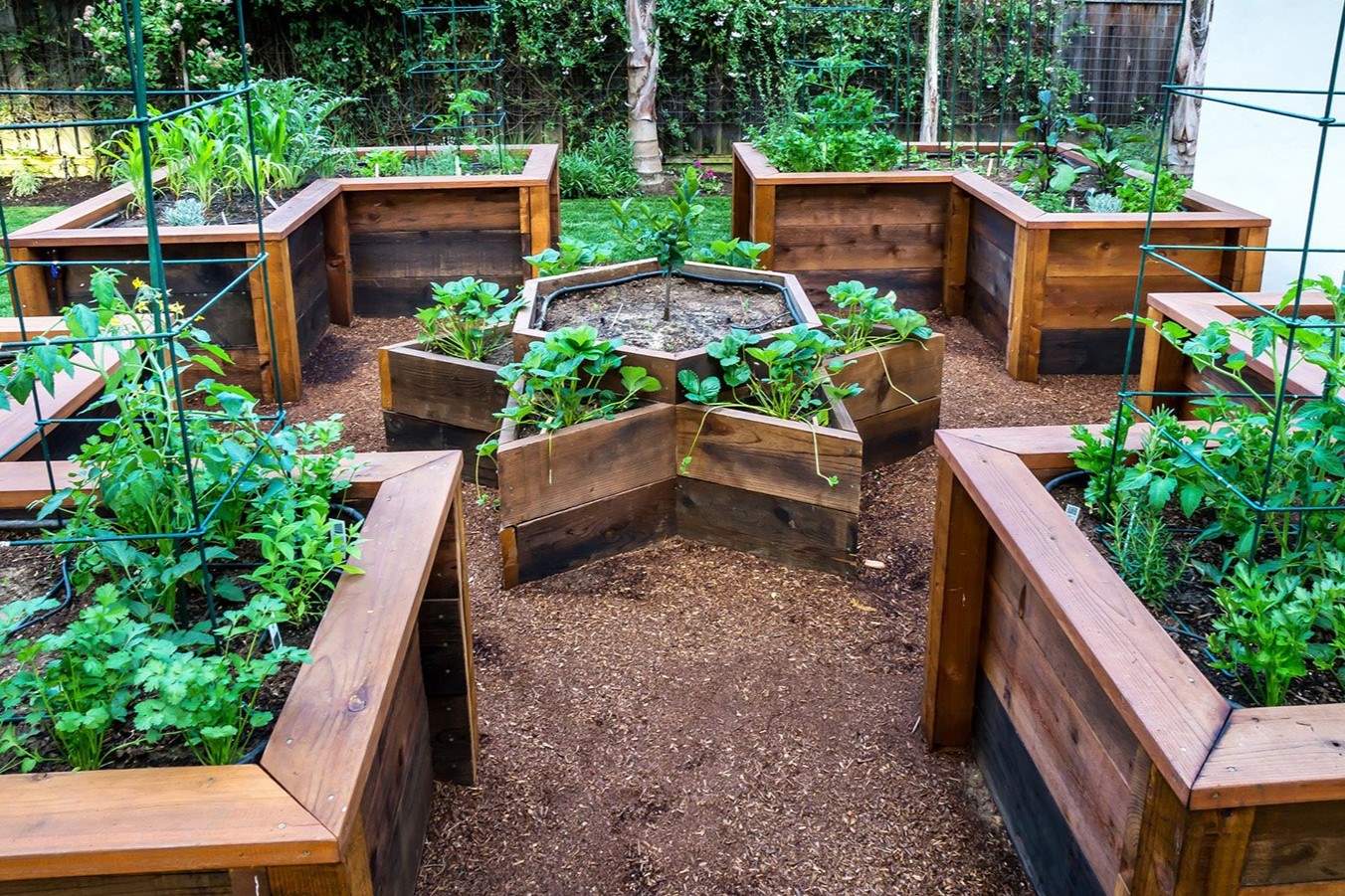

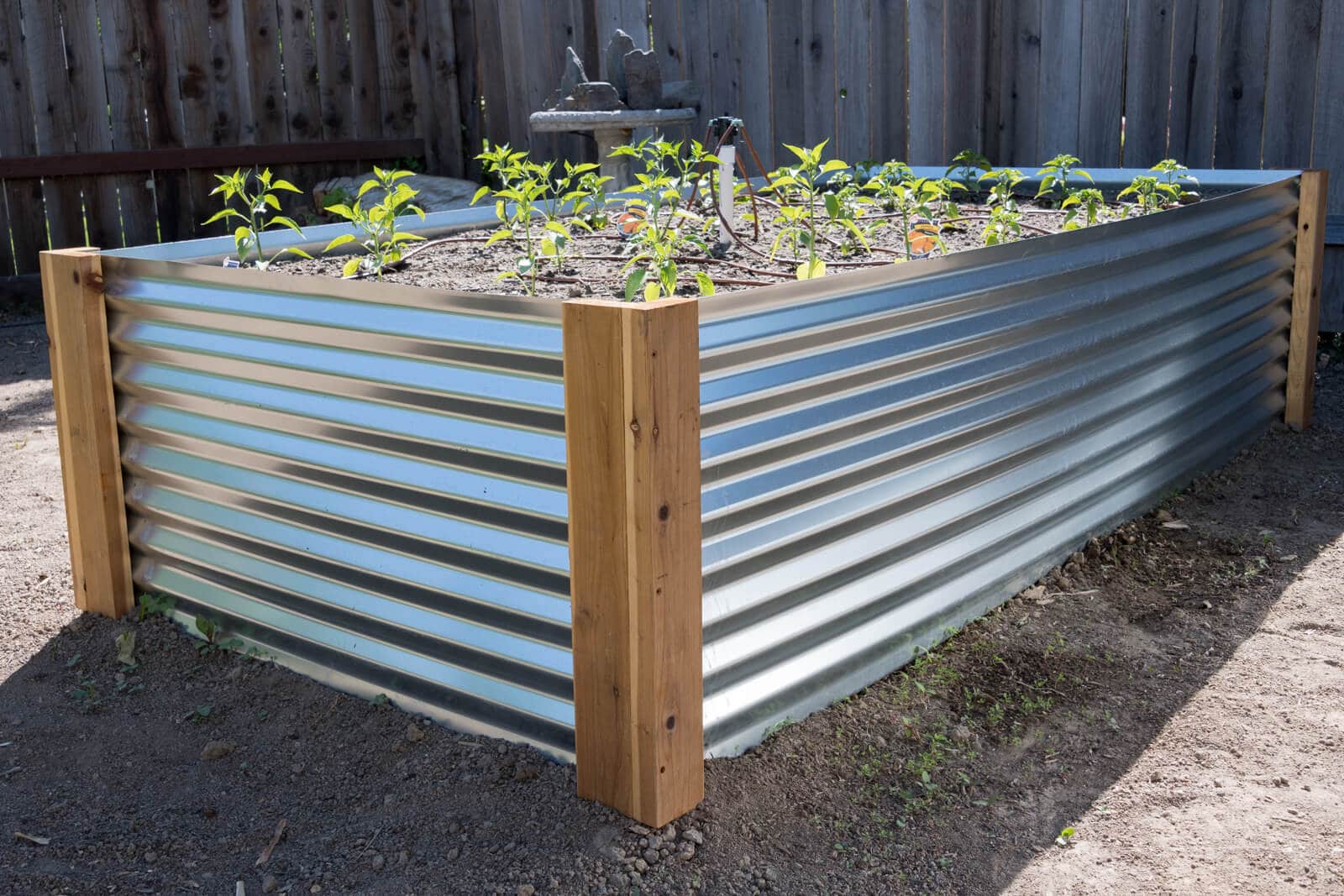
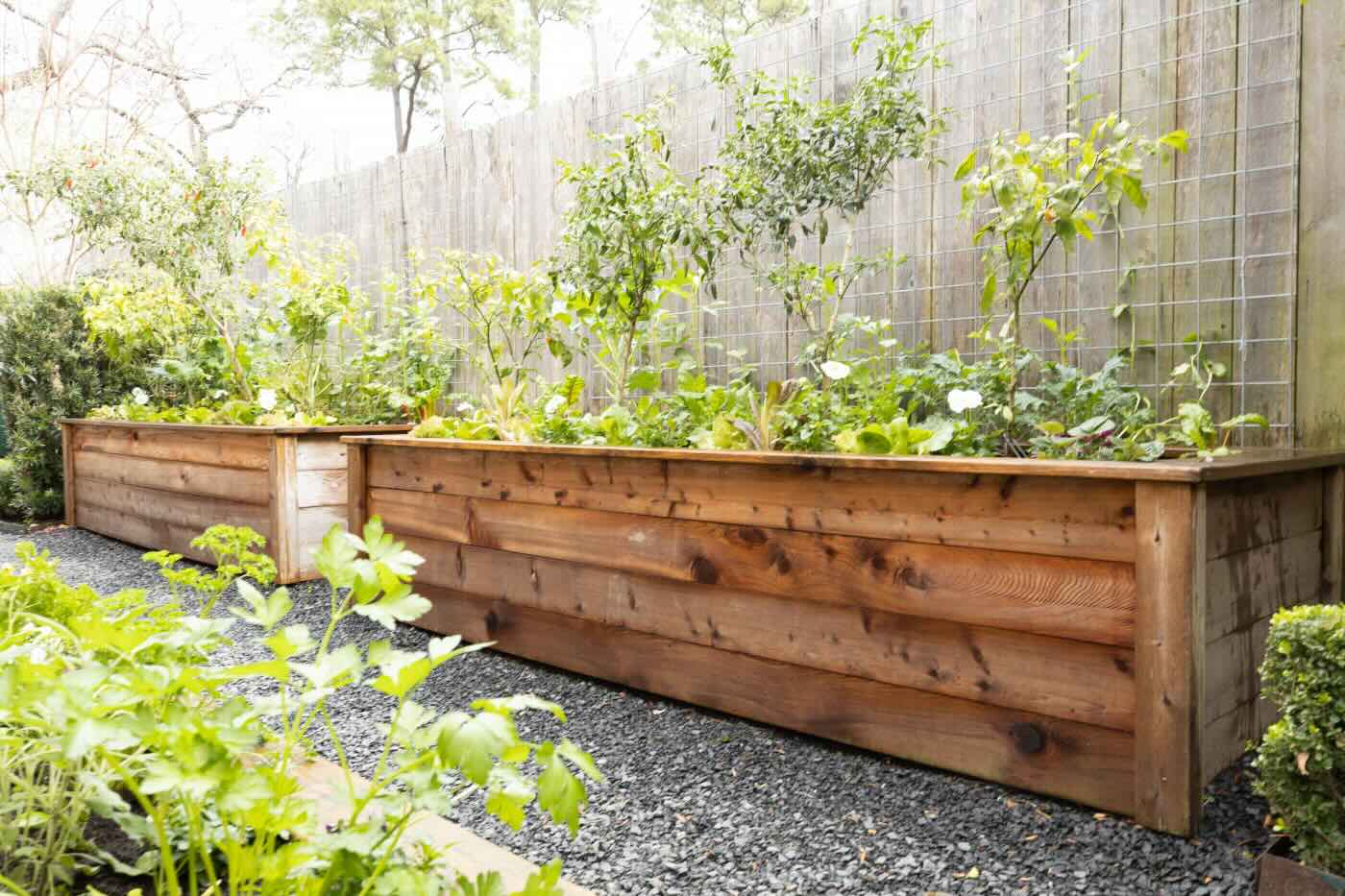

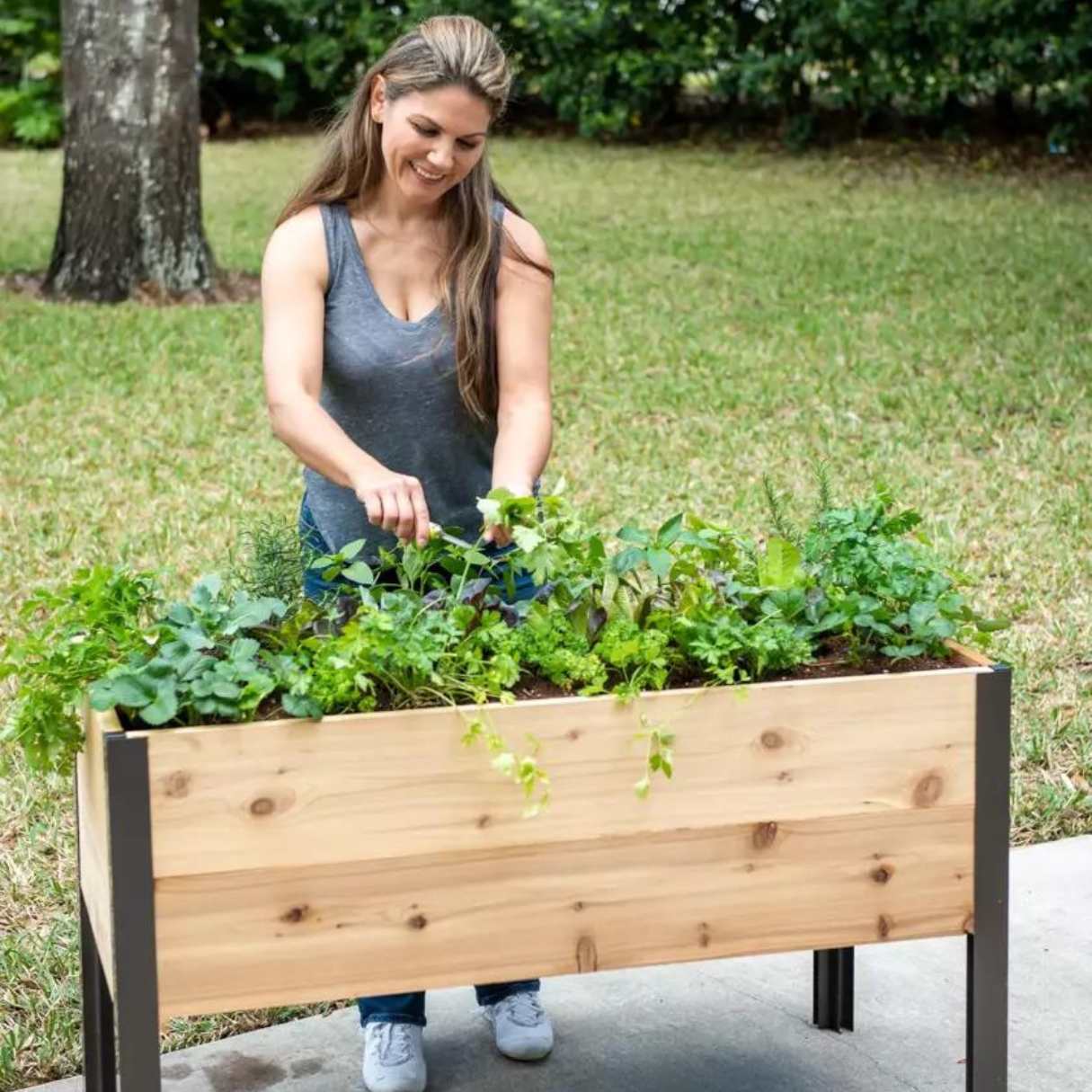

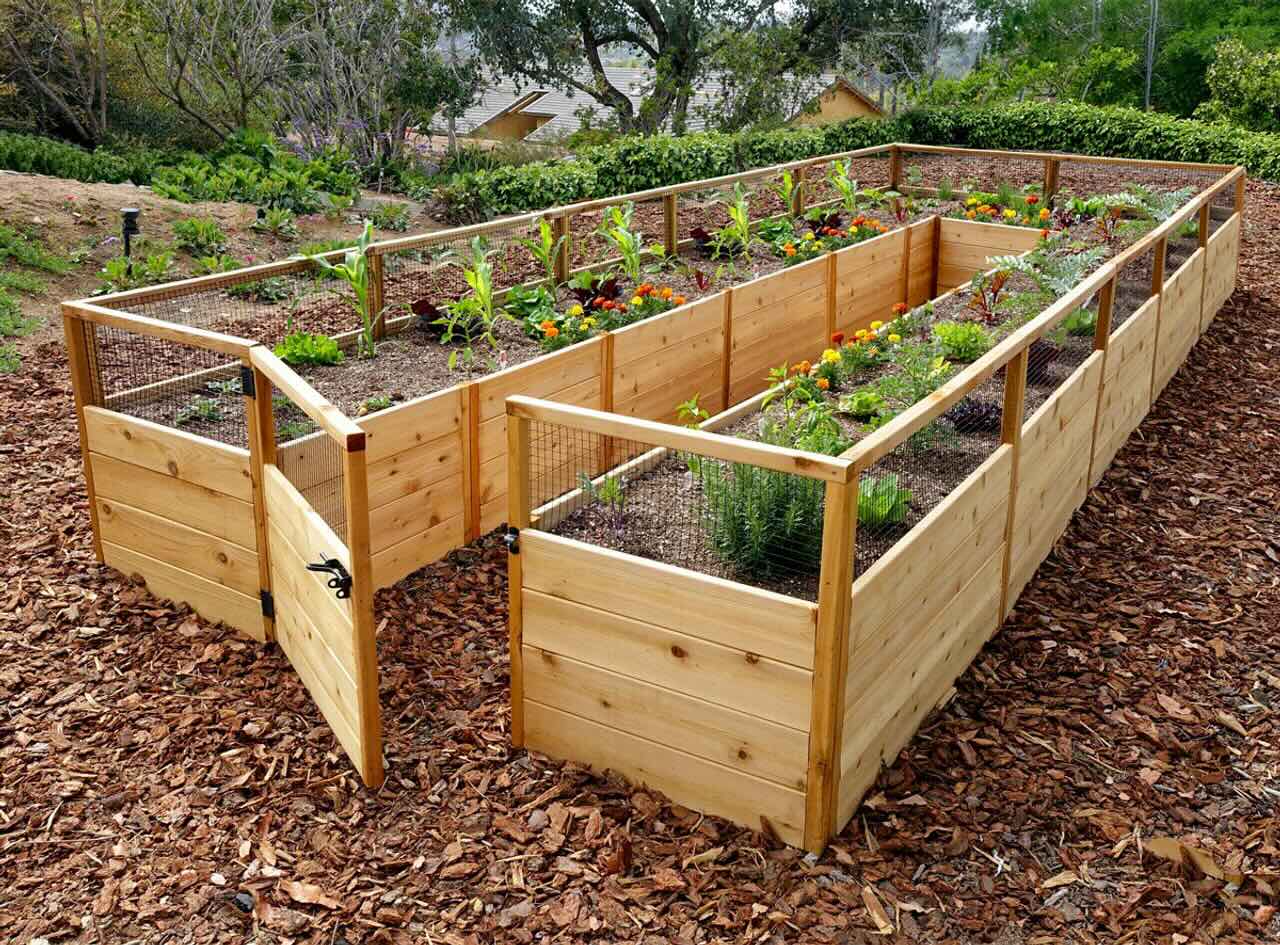
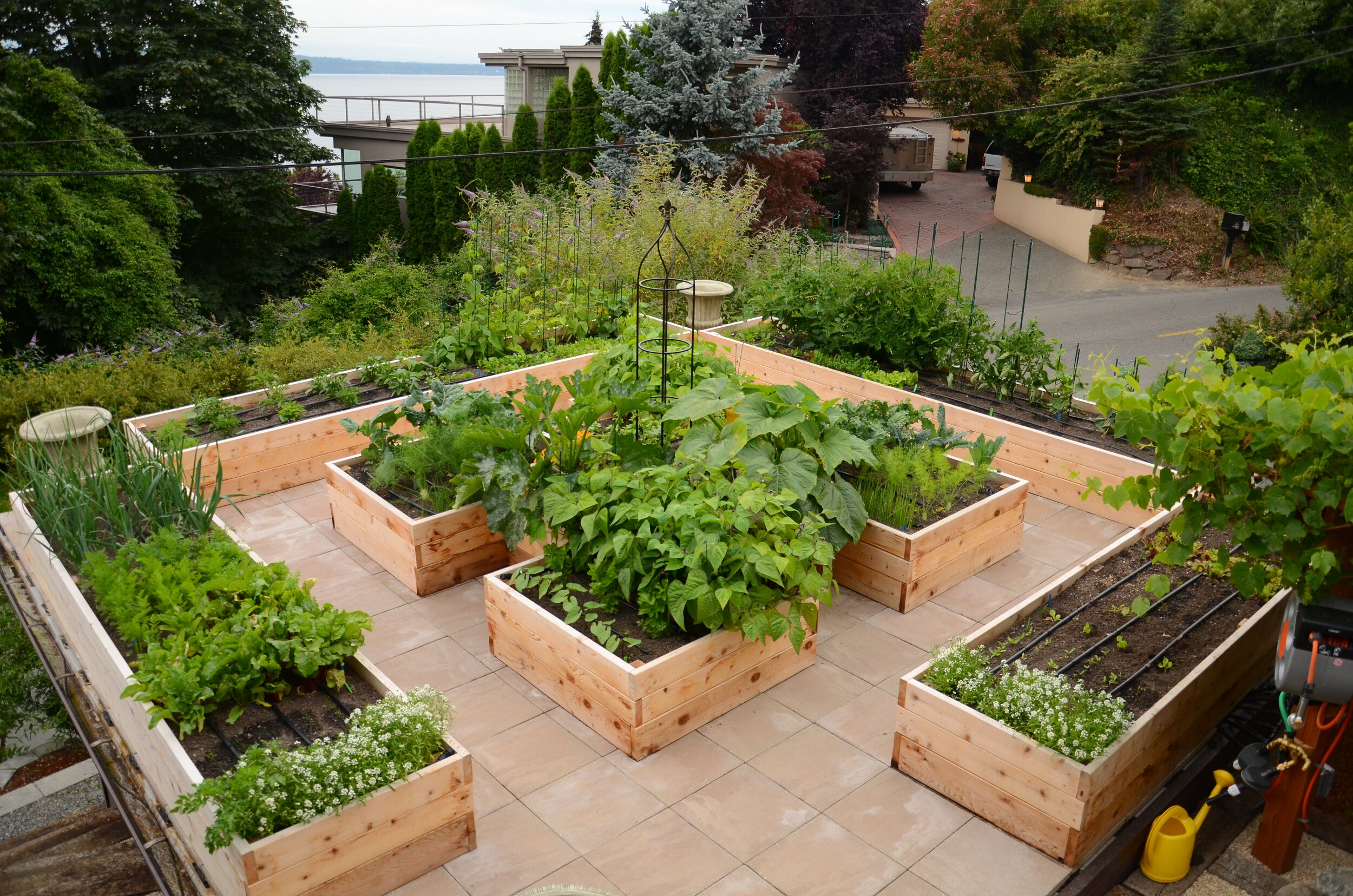
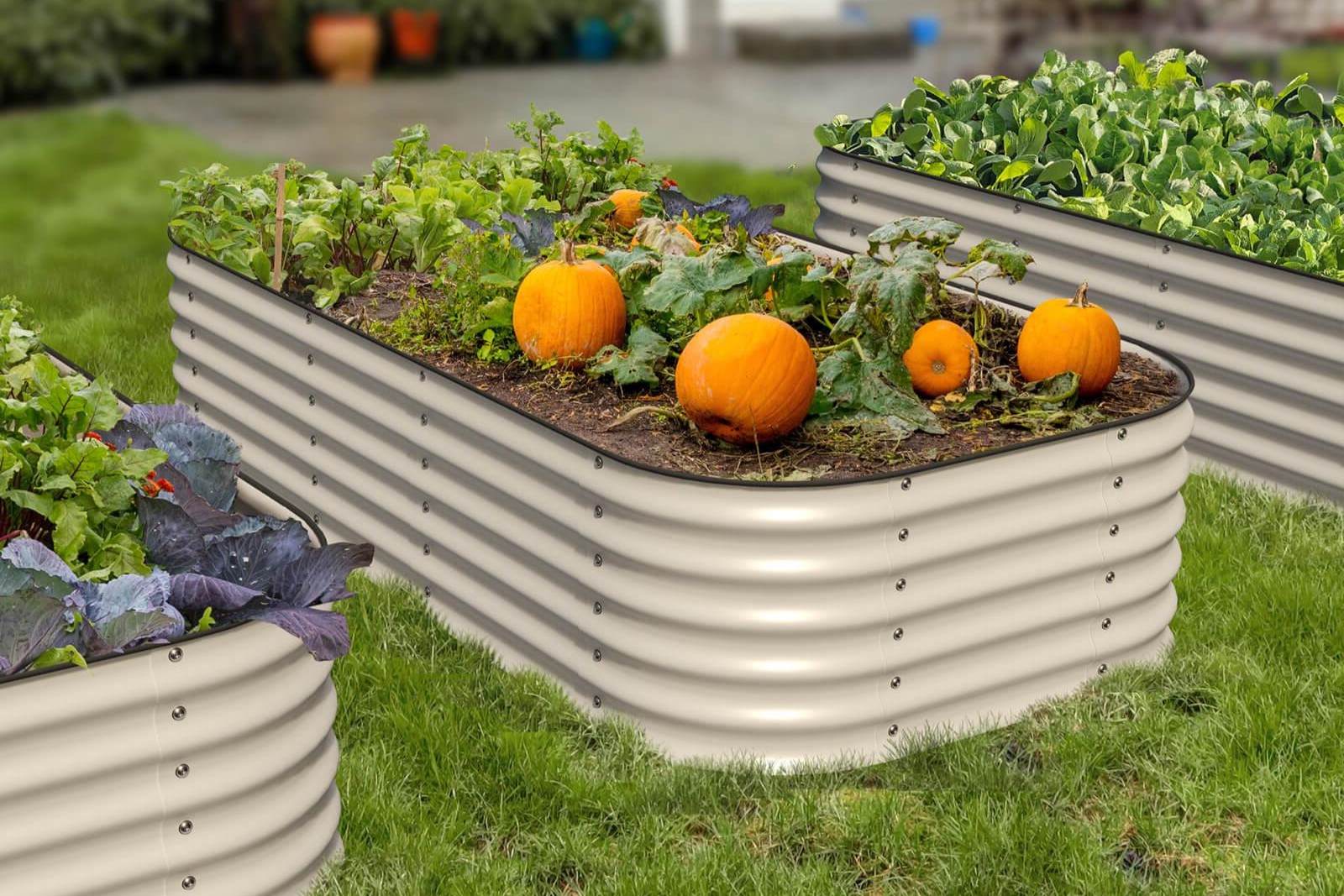
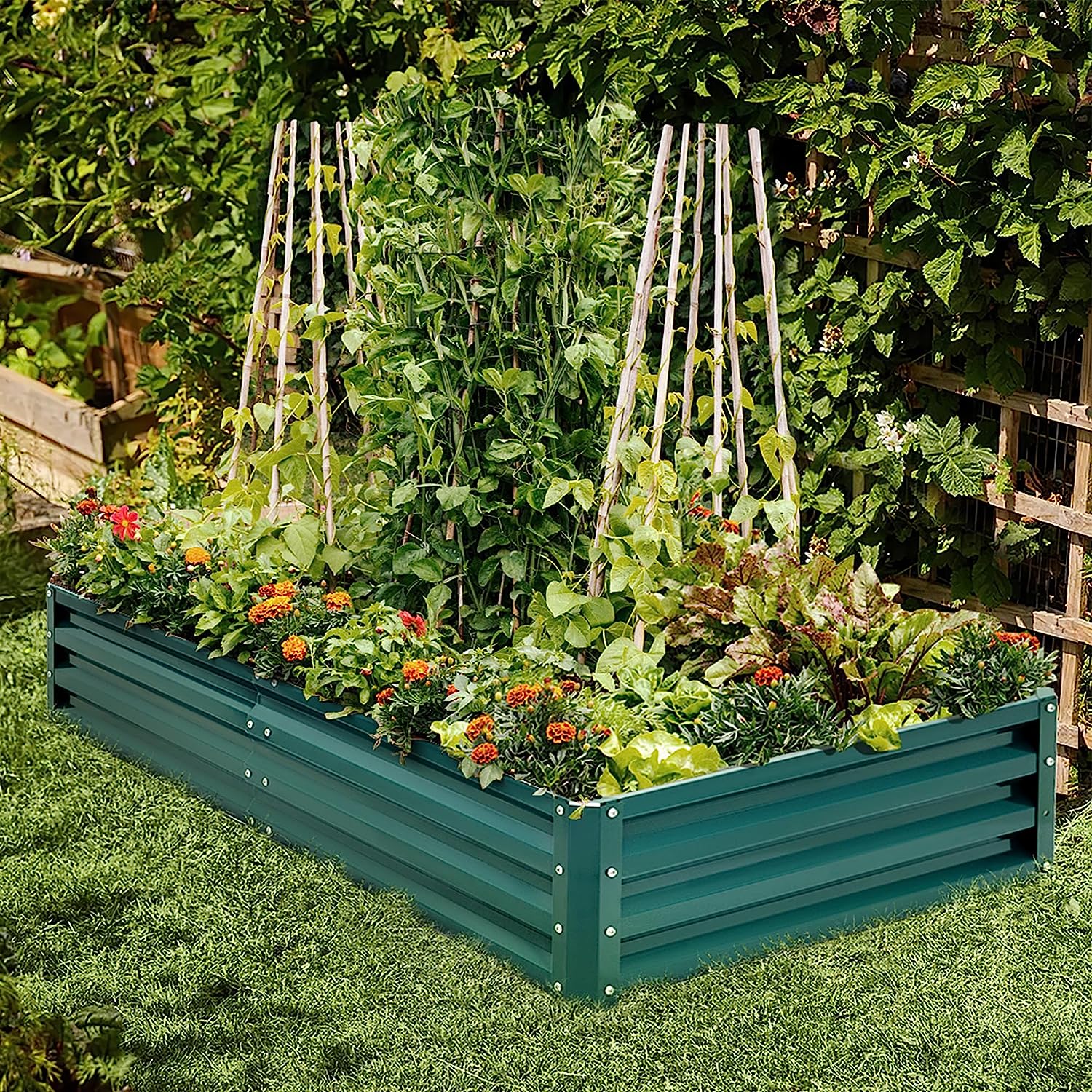
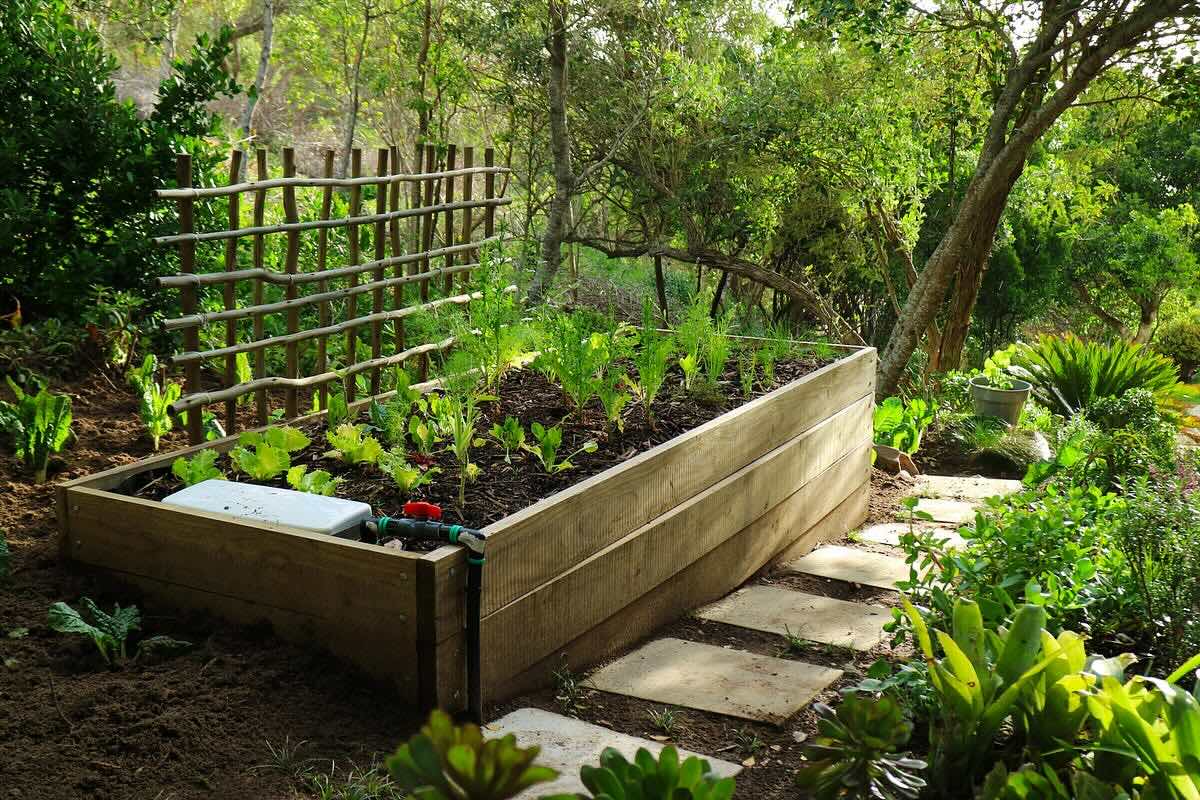
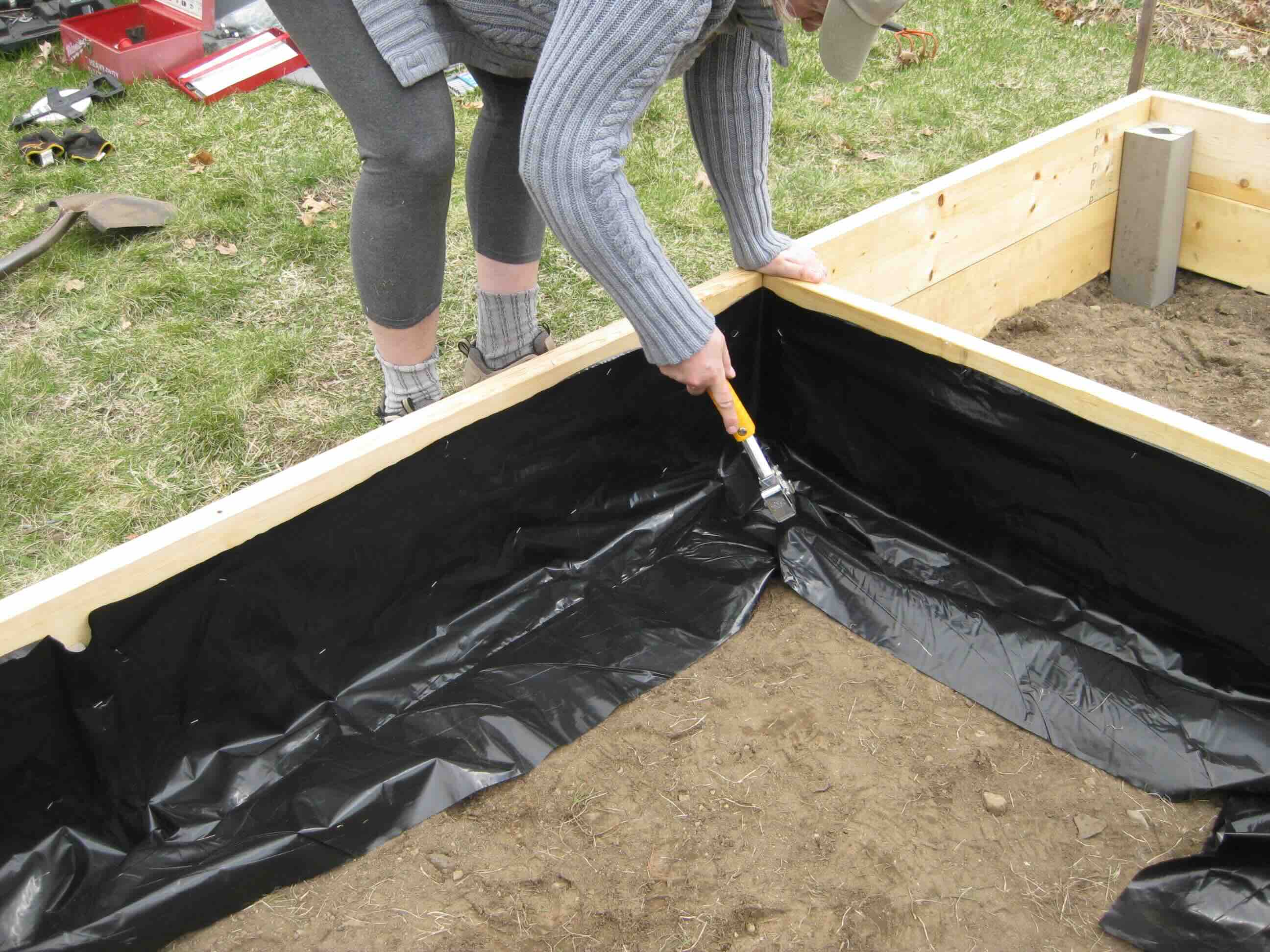

0 thoughts on “Raised Garden Bed Ideas: Build Raised Planters For Low-maintenance Gardening”